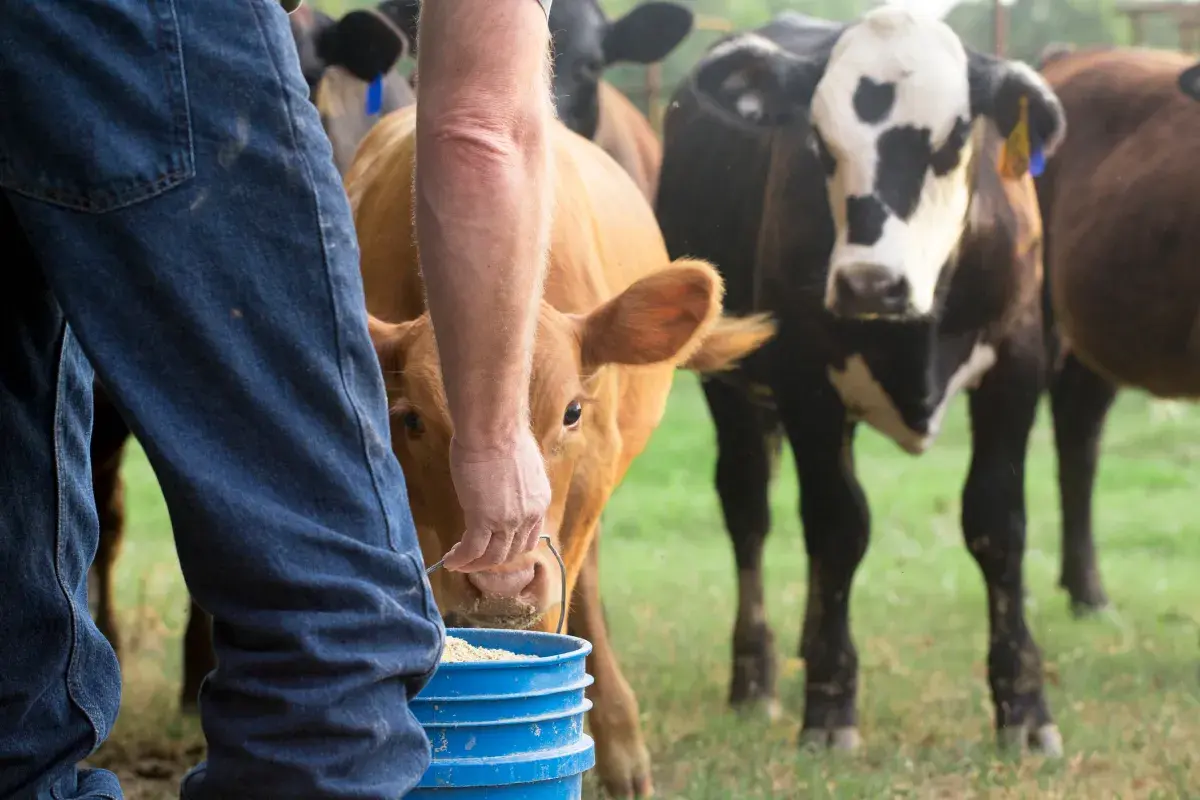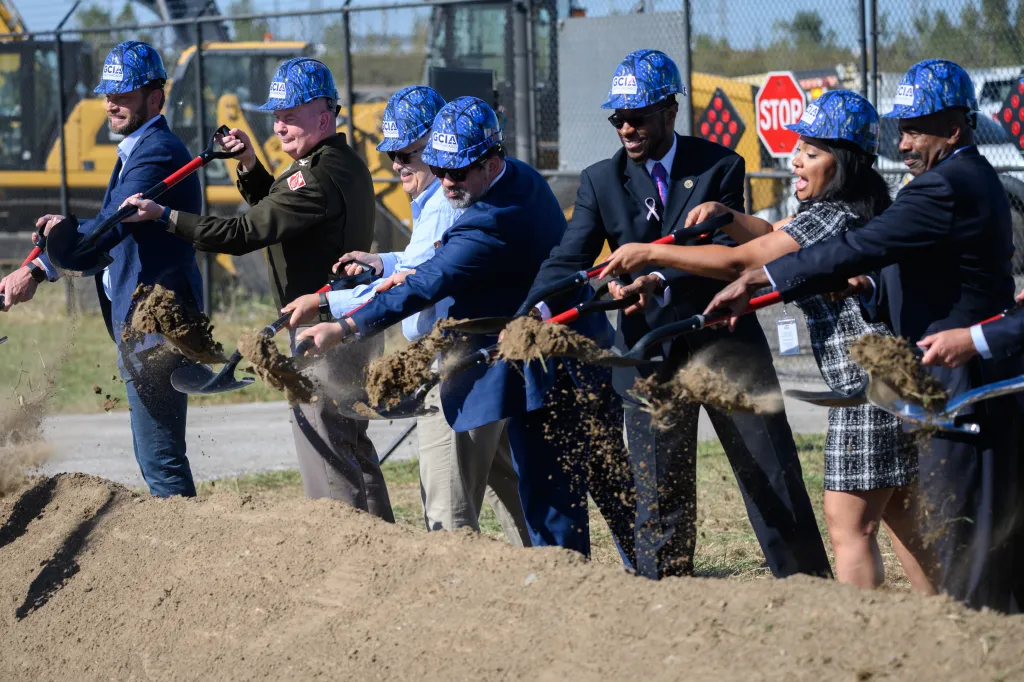
The Internal Revenue Service (IRS) has announced expanded tax relief for farmers and ranchers forced to sell or exchange livestock because of prolonged drought conditions across much of the country.
Why It Matters
The shortage of water, snow or moisture can affect soil moisture, groundwater levels, river and lake flows, crops, livestock, and drinking water supplies. As of September 16, over 34 percent of the U.S. and Puerto Rico and around 40 percent of the lower 48 states are in drought, according to the U.S. Drought Monitor.
Drought reduces available pasture and forage, leaving ranchers without enough grass to sustain their herds and forcing them to rely on costly supplemental feed that can quickly become unaffordable. As conditions worsen, many farmers are compelled to sell cattle or other livestock earlier than planned, generating taxable income even though these sales are a result of necessity rather than normal business operations.
What to Know
Under the new guidance, producers in 49 states, the District of Columbia, and other U.S. regions are eligible if their counties were designated as experiencing exceptional, extreme, or severe drought during the 12-month period ending August 31, 2025. Alaska is the only state with no counties on the list.
The relief allows farmers and ranchers to defer capital gains taxes on livestock sold due to drought. Typically, producers must replace affected livestock within two years to avoid tax liability. The new rule extends that timeline to four years, with additional extensions possible if drought conditions persist.
The adjustment will apply to those whose original replacement period was set to expire at the end of 2025. They will now have until the end of their next tax year to replace the sold or exchanged animals.
The tax break applies only to livestock held for draft, dairy, or breeding purposes. Animals raised for slaughter, sporting purposes, or poultry are not eligible. Farmers and ranchers must also demonstrate that drought was the direct reason for the sales and that their counties were under a federal drought designation.
Who Is Eligible?
The IRS determines eligibility using data from the National Drought Mitigation Center, which tracks weekly drought conditions across the country. The scope of eligibility varies by state. Some, like Kentucky, Ohio, and Nebraska, have widespread coverage. Others, including New Hampshire , Hawaii and Delaware, have not been as widely impacted by drought conditions.



